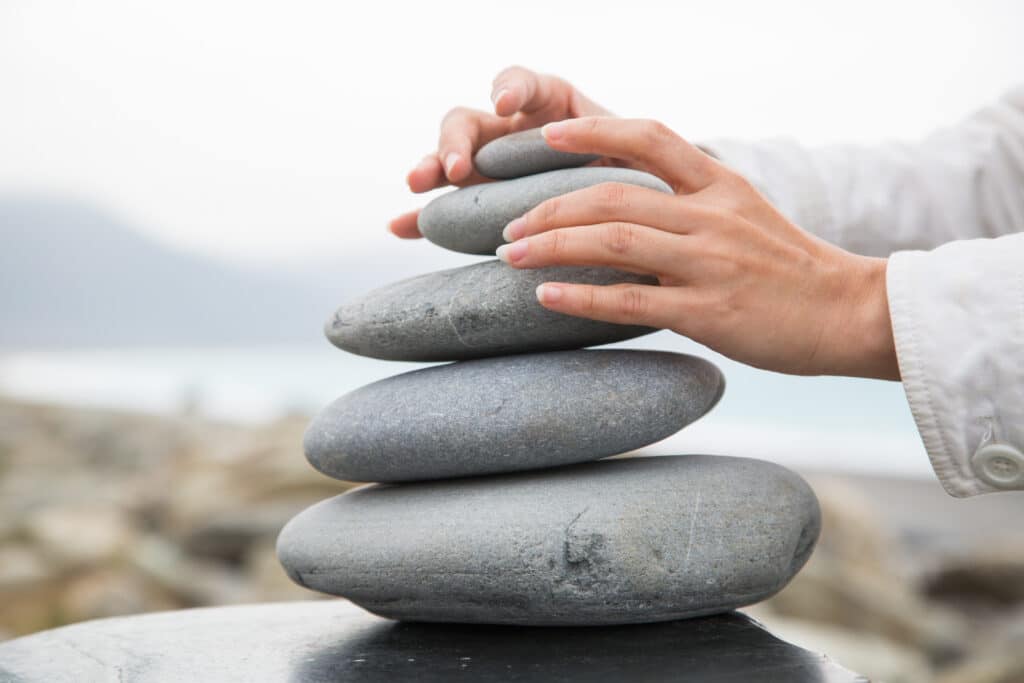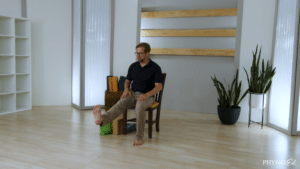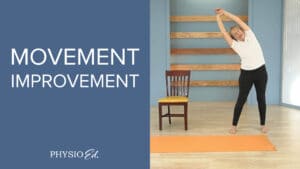Why We Should Practice Balance
Balance is involved in everything we do. From walking and dancing to leaning over to tie your shoes, you need good balance. Good balance plays an increasingly important role in our lives, contributing to our quality of life and independence.
Practicing balance involves exercises and activities that strengthen your muscles and gain increased awareness of our bodies in space. Your core and legs need to be strong to keep you stable and prevent falls. Balance training has many benefits beyond preventing injury. Read on to learn more about good balance and what it entails.
What is Balance?
Balance is the combination of your physical stability and spatial awareness or “proprioception”. This term means your body’s ability to know where it is in space including your limbs and sense of direction. Proprioception is mostly subconscious and we do it without thinking. You can feel it in action when you close your eyes and touch your finger to your nose.
Proprioception and balance let us move and live independently. It is what lets us find a light switch in the dark, brake and accelerate without looking at the pedals, and stay upright during physical activity. Balance is use it or lose it, so it’s important to practice balance as you age.
Can I Improve My Balance?
Balance training is a type of exercise that helps strengthen your muscles and ligaments to prevent injury and improve proprioception. This can be simple and part of your everyday life.
For example, stand on one leg when you are waiting in line at the grocery store, brushing your teeth, or doing dishes. You can also practice sitting down and standing up from a chair without using your hands, walking heel to toe like a gymnast on a balance beam, or take up a dance class.
You can also incorporate strength training that targets your abdominal muscles and legs to improve your physical stability. However, physical strength is not usually the limiting factor for someone struggling to balance.
Benefits of Balance Training
There are many benefits to practicing balance as you age, especially because these skills can deteriorate. Balance is a complicated skill that needs your brain, muscle, and inner ear to work together.
Better Posture
Limitations like hunched shoulders, scoliosis, anterior pelvic tilt, and reduced mobility can all stem from poor posture. As we age, these problems become more severe and cause chronic pain. Practicing balance helps improve your posture, makes you more aware of your position, and helps you find positions that feel good for your body. Balance and posture go hand in hand.
Better Coordination
As you practice balance, your proprioception will improve. This will help your body move through space precisely how you want it to. Balance will become a reflex and you’ll be able to adapt to your surroundings with ease. When you practice balance you might find that it becomes easier to do the activities and hobbies you enjoy.
Improved General Health
Balance practice can improve symptoms of many health conditions because you are essentially taking on a gentle and consistent exercise routine. Balance practice can reduce the symptoms of arthritis, diabetes, high blood pressure, and even heart disease. You’ll enjoy less joint pain and a healthier lifestyle as a result of balance training.







